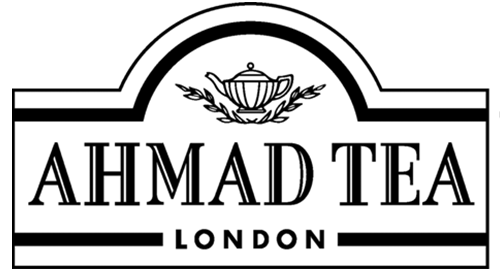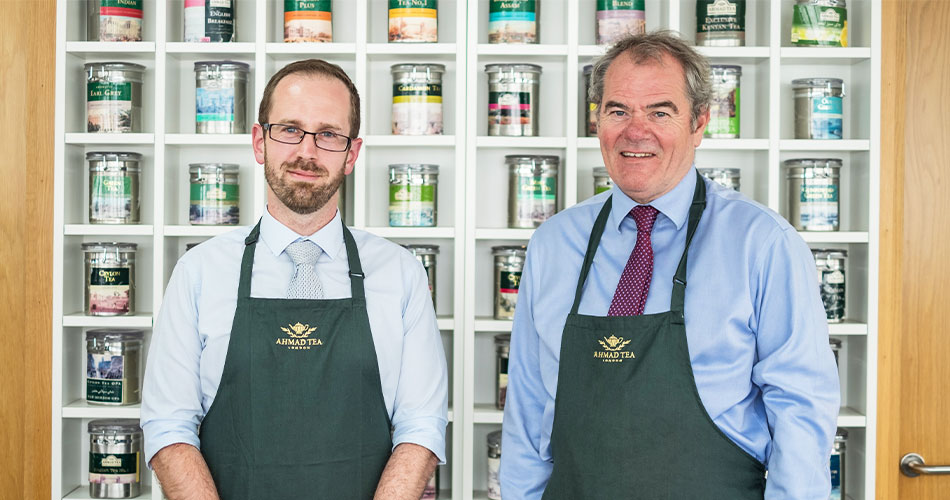500 CUPS A DAY
Tea Tasting is a very sophisticated art that requires several years of training to develop the necessary skills. An Ahmad Tea Taster may have to taste as many as 500 cups of tea each day. An experienced taster will be able to easily distinguish between the flavour characteristics of each cup. If the teas are destined for blending, the Tea Taster will have to consider their potential compatibility with other teas.
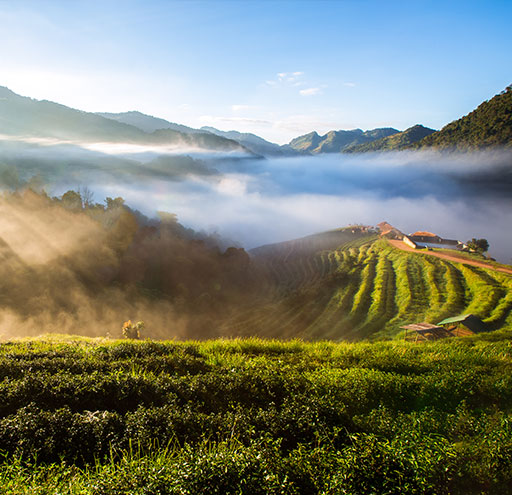
TASTING TEAS FROM AROUND THE WORLD
The Tea Taster will retain a taste memory to help them examine multiple offerings of the same type of tea from different estates over the course of an entire crop year. As part of their training, they will visit tea estates across the world to see the manufacturing process from up close. When it comes to tasting and selecting tea invoices for purchase, the Tea Taster will have to have knowledge of market trends at the different tea auction centres and the precise conditions in which the teas were grown.
THE TEA TASTING SET UP
A specially designed tea tasting set is used to brew teas in a bespoke tasting room. Rows of teas, bowls and cups are neatly lined up and evenly exposed to sunlight so that the eye is not deceived when assessing colour. In a modern tea tasting room, the amount of tea weighed out for brewing is normally between 2.5g and 3g. The tea is infused in a white porcelain cup, which acts as a miniature teapot. Hot water is poured over the tea leaves in the cup, and the lid is quickly placed on top to retain the heat. The tea is then left to steep for at least five minutes, after which the tea liquor is decanted into the tasting bowl. The wet infused leaf is then put onto the underside of the lid and laid to rest upon the tea steeping cup.
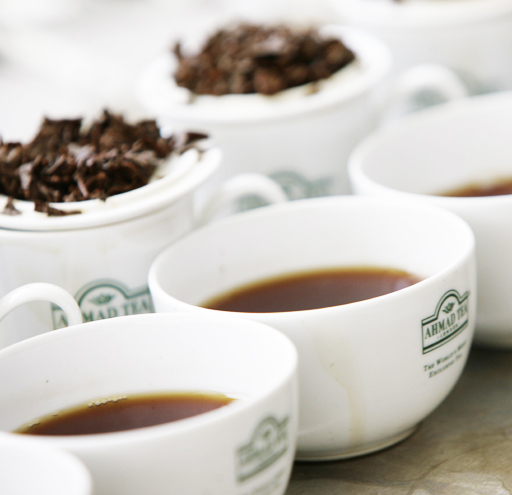
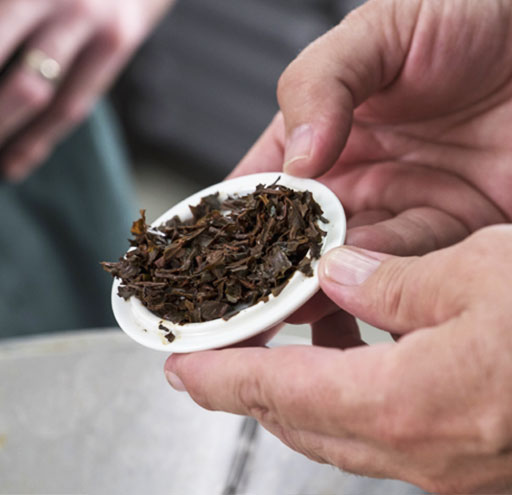
SMELL, SIGHT AND TASTE
Now, the Tea Taster can apply his art. The sense of smell and sight are as essential in tasting tea as is the sense of taste. The taster will first examine the appearance of the dry leaf of the tea. The leaf appearance is an indicator of how well the tea is manufactured. The taster will check the uniformity between the leaves, amount of ‘tips’ and leaf style. The taster will then visually examine the infused leaves. A bright infusion is a sign of good manufacture.
SLURPS, NOT SIPS
The Taster now moves onto examining the liquor of the tea and will first study it carefully for its colour. Next, the taster raises a spoonful of the liquor to his lips and slurps, sucks in, the tea, rather than sipping it, to maximise the impact on his taste buds. The Taster will judge the quality of the liquor using Tea Taster’s terminology, for the clerk to log.
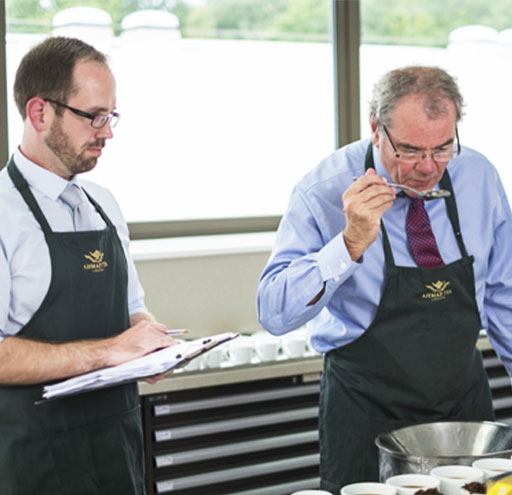
继续阅读
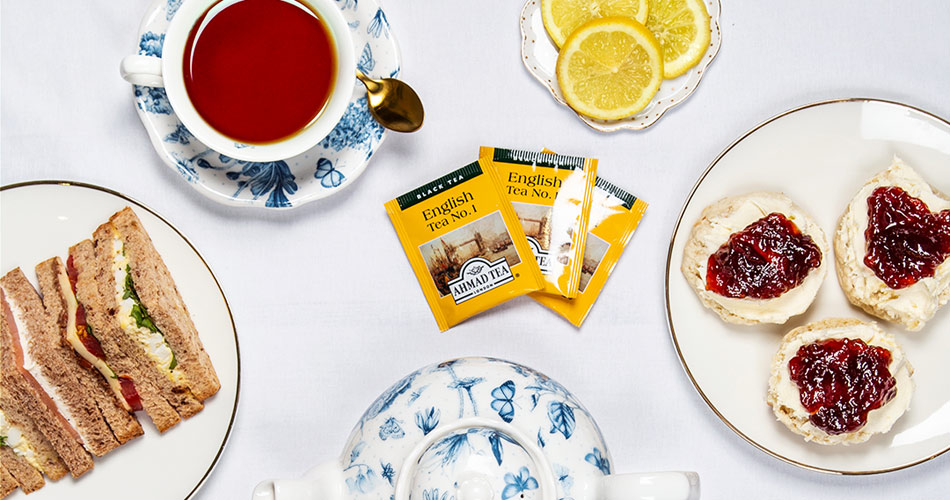
How to make the best afternoon tea at home如何在家里做最好的下午茶
Our Tea Taster, Dominic Marriott, and an afternoon tea expert explore how to make the best afternoon tea at home.
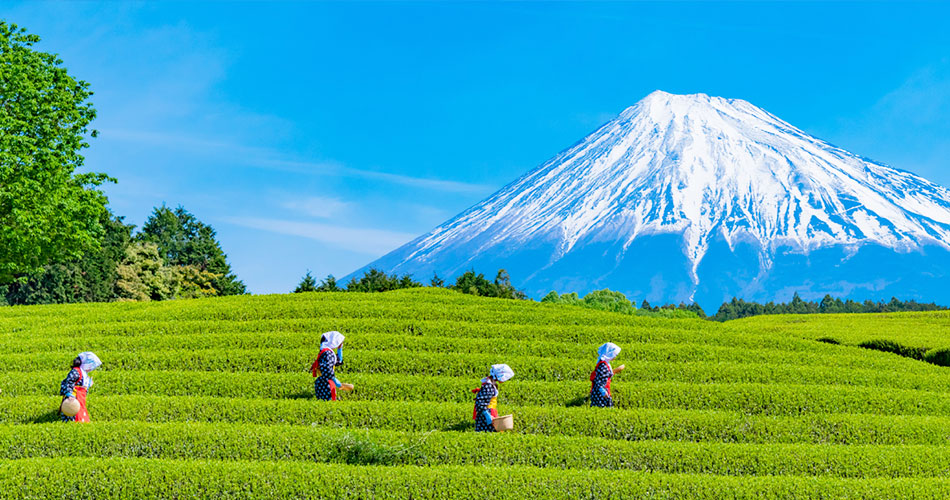
Tea in the Land of the Samurai日本武士之地的茶叶
Exploring the history, geography, culture and production of tea in Japan.
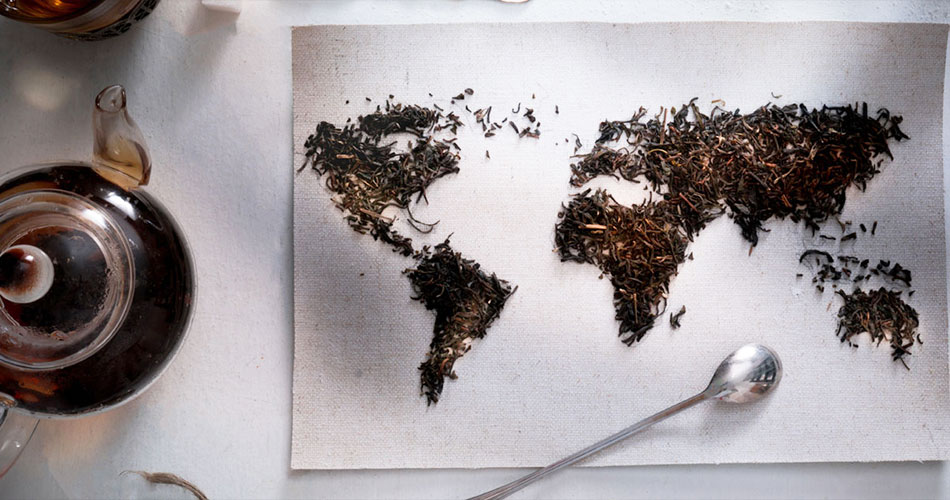
Tea Around the World世界各地茶叶
Renowned as the epitome of Englishness, the cup of tea has a rich tradition in the British Isles. But there are many other countries where tea history goes back much further, where tea customs are very different to those of the British. Here we take a look at the history and traditions of some tea-loving cultures.
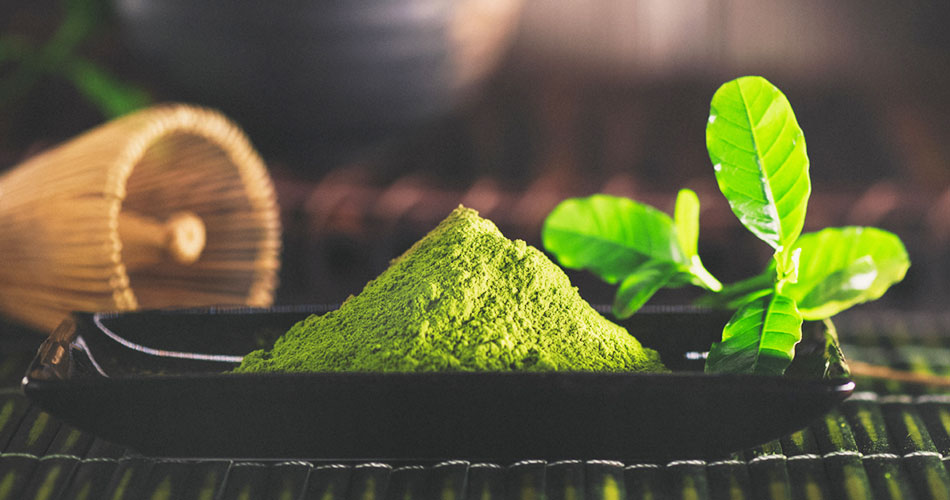
Matcha Tea抹茶
Arguably the best known of the teas to come out of Japan, matcha has found its way into a variety of foods and beverages. Although relatively new in Western countries, this vibrant green tea powder has been enjoyed in Japan for over 800 years and is used for the meditative, elaborate Japanese tea ceremony.
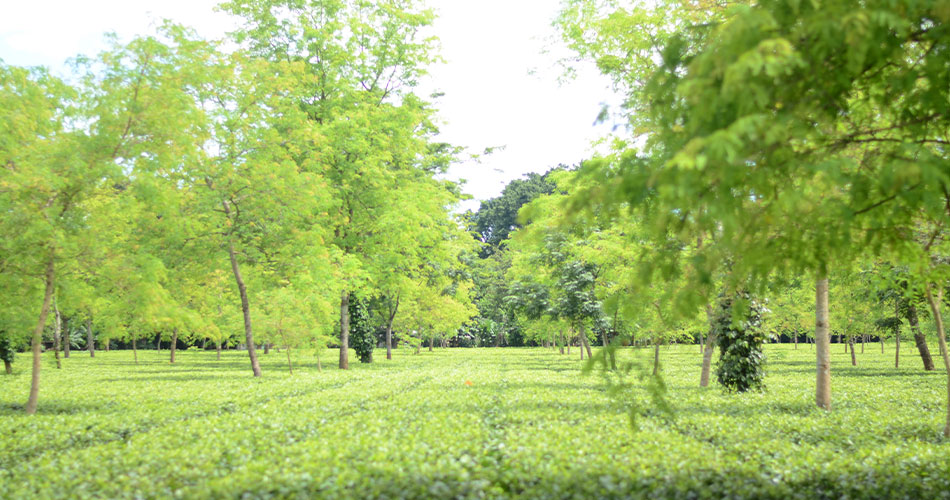
Tea Travels: Assam茶的旅行:阿萨姆邦
For obvious reasons Tea Tasters at Ahmad Tea HQ are some of the most envied people in the organisation. And never were they more so than in late August when they took a trip to the spectacular region of Assam in northern India to visit some of the world’s top tea estates. Here are some notes from their Tea Travels.
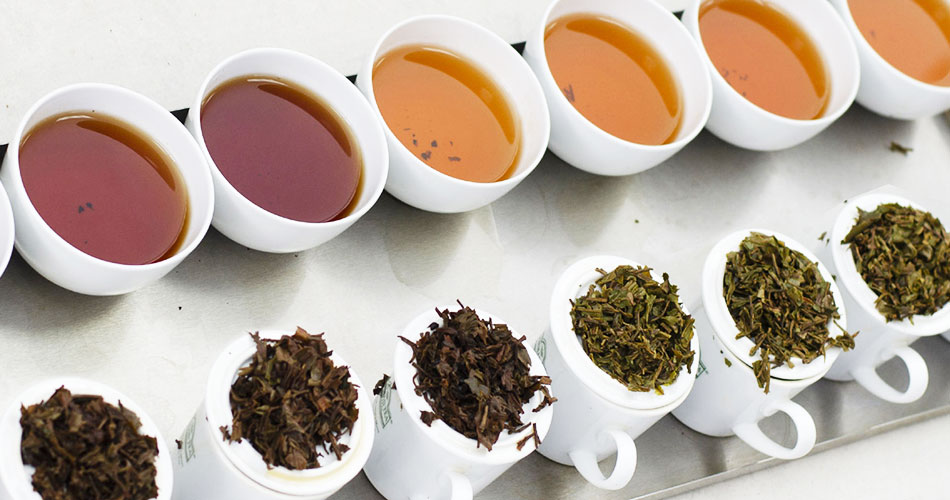
Darjeeling’s First & Second Flushes大吉岭第一和第二冲水
Having such a unique and interesting profession makes Ahmad Tea’s Tea Tasters quite a hit at dinner parties (if they do say so themselves)
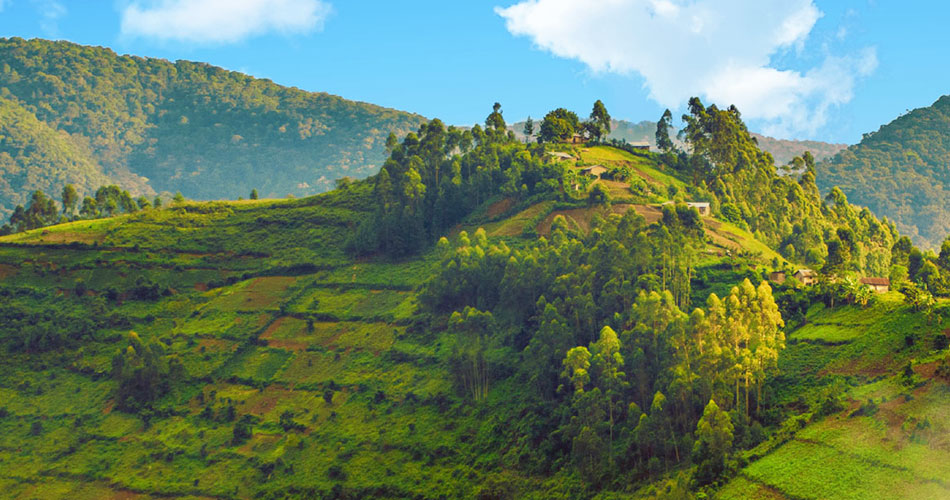
Focus on Africa – Tea in Uganda聚焦非洲——乌干达的茶叶
Our African Tea journey arrives in Uganda, a country that has overcome political turmoil to become Africa’s second largest tea producing country.
